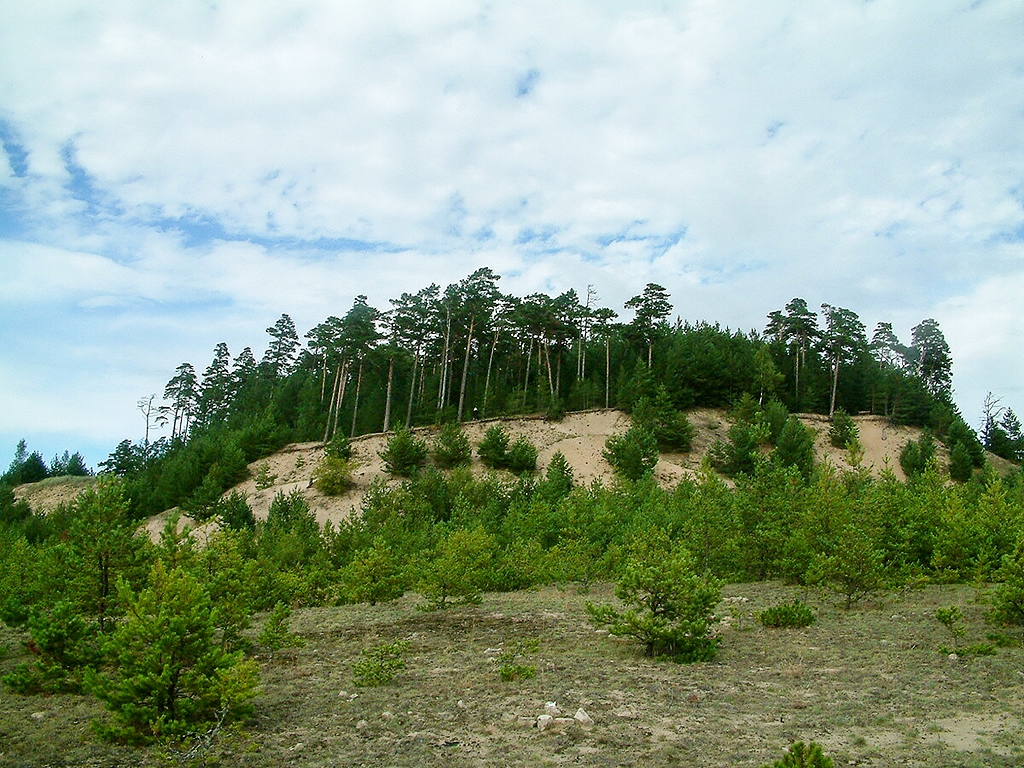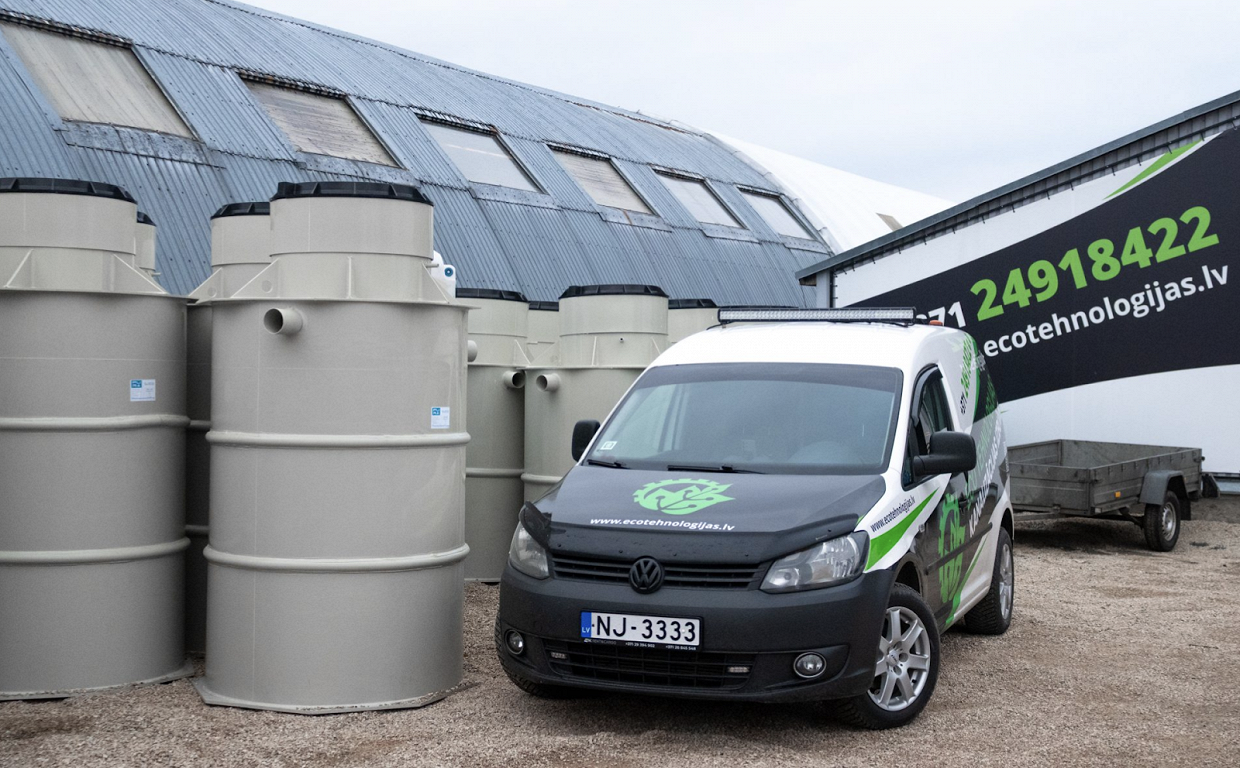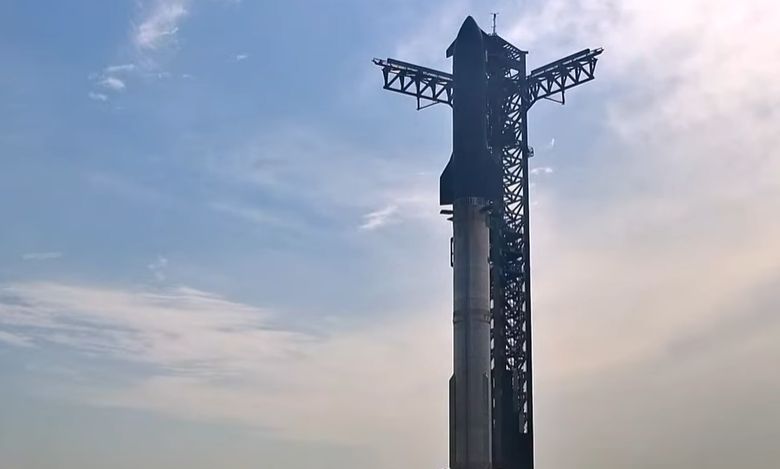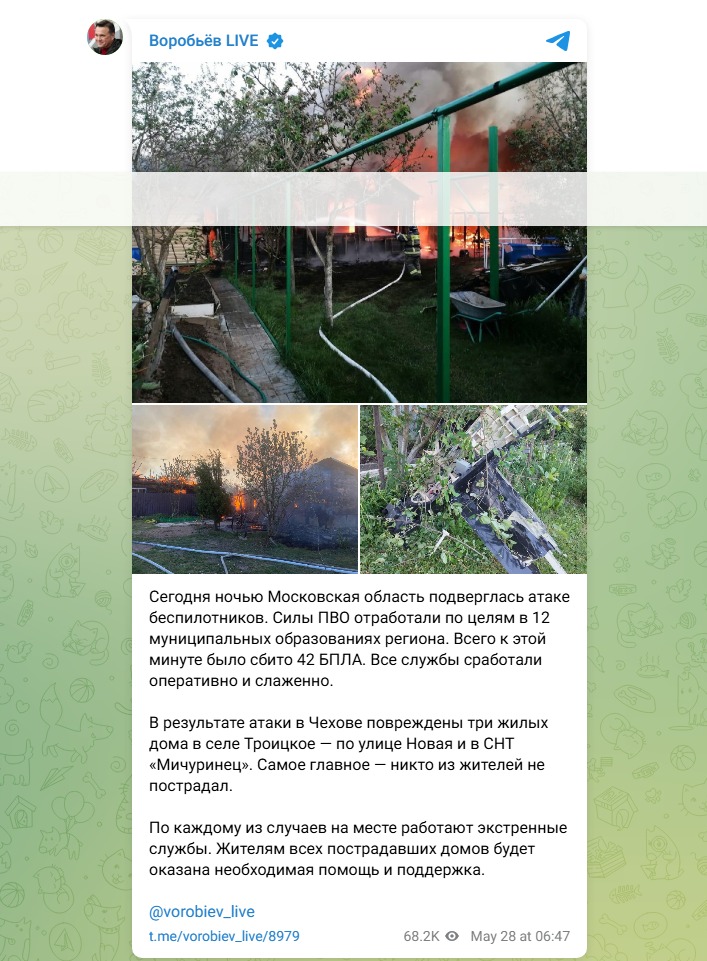Disaster Dune – Mountain of Pussies / Day

The Geo Mountain has been announced for the geo of 2025, which is considered to be the highest seaside dune in Latvia. Although Mount Pūseni is a protected nature object, its majestic posture continues to be fleded by reckless guests year after year, deviating from the specified walking route.
Mate
In the vote of eight applicants competition, the Geo of the University of Latvia, at the initiative of the Geology Department of the Faculty of Exact Science and Technology, has chosen geologists and geology. « Mount Pūsēni is a spare dune in a flat area that stands out among similar formations – it is the highest seaside dune in Latvia with an absolute height of 37 meters and a relative height of 31 meters, » explains Girts Stinkulis, an associate professor at the University of Latvia.
Pūsēni Mountain is located in less than half an hour from Liepaja, Nature Park Boys. There are also places such as the fast mountain, the Pile Mountain, the Mountain of Lavas, the Ceplenieki Mountain and the Mārtrags Mountain. Pūsēni Mountain is one of the dunes, which is part of the Papes – Jurmalciems -Bernati Complex Dune Range. There are two dunes in this range – Pape -Jurmalciems and Jurmalciems -Bernatu. These sections are interrupted in the middle of a sandpit of about one and a half kilometers long. It formed more than 300 years after the forest cutting and the fire.
« Both dune sections are characterized by a parallel dune range along the seashore, which has formed at the last stages of the Baltic Sea. Deeper on the land, the other dune wale, which is the wind -deformed parabolic and similar dunes.
The Mount Pūseni is remarkable not only due to its high posture, but also due to the European Union protected habitats on the territory of this Nature Monument. According to the Nature Conservation Agency, this place is characterized by herbaceous gray dunes, wooded Jurmala dunes and old or natural boreal forests.
Traveling sand
At one time Latvian writer Albert Bell’s novel People in boats (1987) announced the imaginary events of the 19th century on the Curonian dune side – the moving of the Great Dune or Mount Svente from the site. In the novel, the boat builder Dardģis had cut off the trees growing on the dune, which allowed the dune to move. Teacher Kuronis tried to stop Svente Hill by covering the hill with sheep manure and planting trees on the dunes to protect the village of Melnkrante and its inhabitants. However, the local teachers’ efforts questioned the efforts, and all the efforts were sand buried, but the villagers lost their place of residence to the tower of the church. Visiting the Curonian Dune, the historical experience of the local population is also evidenced. The sand has not been protected here at one time and the villages.
It seems that the story of a dune dune, or a hill, a southern Kurzeme, seems to be related to the events described by Bela in the novel. Dune travel in the vicinity of Pūsēni Mountain began in the 17th century. The reason is the fact that the pine forests of the pine forests and the wide forest fires were cut on the coast at the time. The formation of a hill is linked to the period from 1785 to 1835, when the locals are fighting with flowing sand, trying to plant shrubs and sow grass.
Believes that the sand had buried many local houses in that time, including the local forest guard family home that had been named Blush. To this end, the place has also gained the name of the blazing. Later, the climb, gathering many local Rucava and Nica owners, was surrounded by a hagar fence, additionally covered with rims from Liepaja and Pape lakes and with sea manure and planted with trees and shrubs to prevent its arbitrary movement.
Of the sand on bricks
Not only does geologists highlight the story of a particular geo every year, but they often encourage them to overestimate the habits of pedestrians in nature. Although Mount Pussen has been in national defense since 2001 as a geological and geomorphological nature monument, not only his own hand, but also the foot has been put and continues to be recklessly.
Although the movement of the Pūussene Mountain was once stopped by afforestation, it was still a person to see a resource mining site for industrial purposes in the 1970s. Pūsēni Mountain served as a sand mining site to produce silicate bricks produced in the nearby post -war factory. The fact that white sand extraction with an excavator has even been held around the clock, working in shifts. Bricks with about 90% of white sand were used to build five -storey houses in Liepaja and other Soviet buildings.
The climb was only in the early 1980s, when suitable sand stocks have died and the ideas of environmental protection began to grow, looking more and more critical to the seaside landscape. Finally, pine pines are now known as a career. The career area is currently measured in eight hectares, which is gradually overgrown as the area is slowly overgrown.
Not leave traces
As stated by G. Stinkulis, although part of the dunes have been a set of careers, the highest part of the dune has survived: « The dune was isometric before it was partially reduced, with an average of approximately 350 meters. The current part of the undersized part of the east -west is about 260 meters and the north -south direction of about 280 meters.
The walking trail of the pussy dunes winds less than one and a half kilometers. Although the current mayors still allow Mount Pussies to be called the highest seaside dune in Latvia, nature protection experts draw attention to people’s responsibility to keep this status in the future. The most important thing to keep in mind is to keep a special walking route for visitors, avoiding the sidewalks with the aim of entering the top of the mountain.
This year, to reduce the erosion of dune dunes caused by people’s movement along the edge of the dune. To get to the tip of Pūsēni Mountain, the wooden steps are 120 meters long. On the top of the mountain, a new 32 -square -meter viewing platform and several benches have been created. From this point, there is a nearby neighborhood, where the gaze can reach the Baltic Sea seen behind the afforested seaside dune lane.
Nature Park Boys There is also a granite sculpture created by the sculptor Vilnius, the sculptor’s Vilnius, a further western land point – a border mark Green ray – which includes the solar motif. The green beam is a rare natural phenomenon that can sometimes be observed in the sea shore during the very clear air at sunset: when the sun disappears behind the horizon, a green line may be visible around it.
It is planned that a thematic event dedicated to the Geo of Latvia as the geo of Latvia 2025 will take place in the autumn, in early October, at a time when the world celebrates the day of geodness.5







